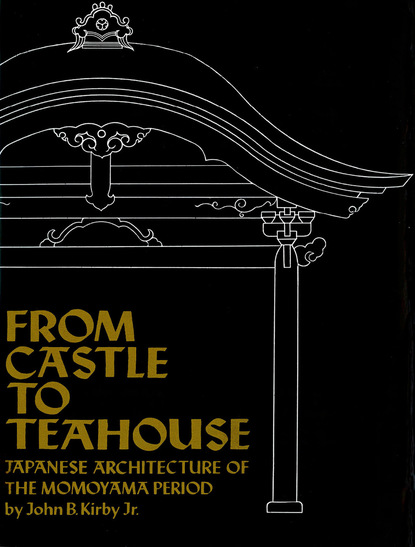
From Castle to Teahouse скачать fb2
John B. Kirby - From Castle to Teahouse краткое содержание
The Momoyama period of Japanese art history, at the turn of the 16th century, is perhaps best known to the West through the resplendent paintings of the Kano masters and their fellow artists. Yet this same period offers such a variety of architectural pleasures that, in at least one of its many facets, it makes an appeal to every taste. It ranges from the largest and most imposing castles to the smallest and most tastefully designed teahouses. Paintings and gardens are an integral part of it, as they are in all Japanese architecture, and here, also, the range extends from the gorgeous and elaborate to the utmost in simplicity and restraint. It is with this exuberant period in Japanese history that the present book is concerned. Its purpose is to present, against a background of colorful history, the architectural achievements of an elegant age.In the first part of this book, Mr. Kirby discusses and illustrates the principal forms of castle, shoin, and sukiya architecture that he considers to the most important contributions of the Momoyama period. The second part presents existing examples of Momoyama structures together with a brief section on developments of less importance in religious architecture and construction of an essentially engineering nature. All of these are pictured in a generous selection of excellent photographs accompanied by plans and elevations for a number of the structures discussed.
Скачать книгу «From Castle to Teahouse» John B. Kirby
Чтобы оставить свою оценку и/или комментарий, Вам нужно войти под своей учетной записью или зарегистрироваться



